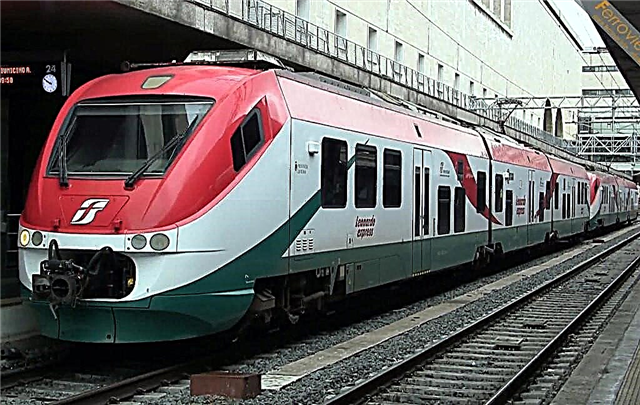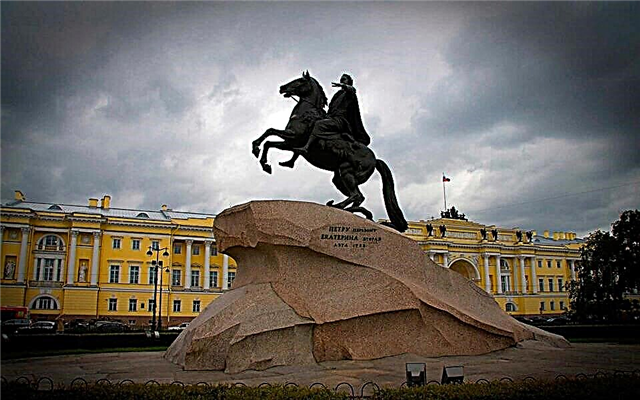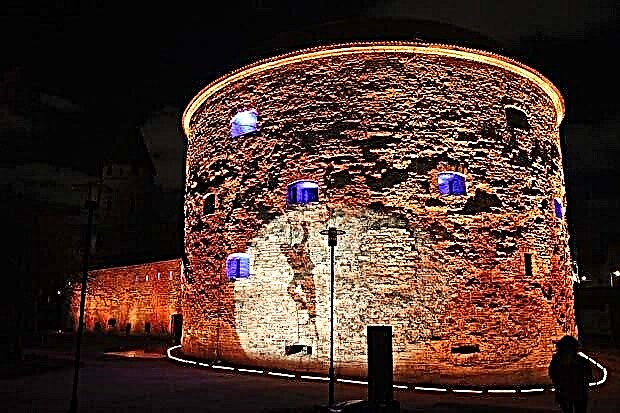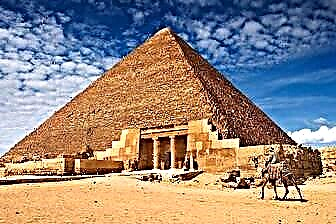Address: Moscow Kremlin, between Nabatnaya and Beklemishevskaya towers
Build date: 1490 year
Tower height: 36.8 m.
Coordinates: 55 ° 45'04.2 "N 37 ° 37'20.8" E
Content:
Short story
Everyone who knows what Russia is, is also familiar with the most beautiful monument of Russian architecture - the Moscow Kremlin. The Moscow Kremlin is famous for its historical buildings, including the famous Kremlin towers.
In 1490, Pietro Antonio Solari built the Konstantino-Eleninskaya tower. Earlier on the site of the tower stood the Timofeevskie gates of the Kremlin... It is named after the Church of Constantine and Helena, which was located nearby. The original purpose of the tower was to protect the surroundings from all kinds of threats, so its design assumed military-grade structures, such as an arrow. It could only be penetrated through the drawbridge, which made the siege of the tower difficult. Also, for safety reasons, a huge ditch was dug around the tower.

From left to right: Konstantino-Eleninskaya Tower, Nabatnaya Tower, Tsarskaya Tower, Spasskaya Tower
However, the tower did not last long as a military structure. Already in the 17th century, Great Street, which was defended by the tower, ceased to be of strategic importance, and there was no point in protecting it. But the tower was not demolished, but turned into a "center of inquiry" or torture chamber, in which, as the name implies, various criminals were interrogated by medieval methods - torture.
In the 70s of the 17th century, the tower was completed, and now its height is 36.8 m.
Mutiny of Ivan Bolotnikov
The Konstantino-Eleninskaya Tower occupies an important place in the history of the uprising of Ivan Bolotnikov, because it was there that many of his supporters were executed. This man's life was not easy. He was a slave in childhood, but then went to the Cossacks.

Tower at night
But the dreams of a free life did not come true, he was caught by the Horde and sold into slavery. He served in a Turkish military gallery, and soon he was still lucky. The ship lost the battle and was captured. Many slaves, including Bolotnikov, were freed. He moved to Venice, but then, bypassing Poland, he returned to his homeland and became the leader of the uprising against the nobleman Vasily Shuisky, who recently began to rule on the Execution Ground. Moscow shuddered at the scale of the uprising led by Bolotnikov.
The first victory of the rebels was the capture of Kolomna, after which they, confident in their strength, decided to besiege Moscow. Despite the fact that the actions took place in the 17th century, Ivan Bolotnikov used methods of warfare, which became widespread only in the 20th century. He had many scouts who penetrated the besieged city and carried out propaganda among the population, agitating people, both noble and ordinary, to join the uprising, distributing propaganda leaflets among them. Bolotnikov's methods brought results - the number of his henchmen increased rapidly.
However, despite this, the siege of the "Mother of Russian Cities" ended in failure for the rebels: they were defeated in Zamoskvorechye two months after the start of the siege.

View of the tower from Vasilievsky Spusk square
More than 6,000 rebels were captured. They were tortured, humiliated, killed. If you believe the evidence of that time, the further fate of the rebels was unenviable, because they dared to rebel against the Russian autocracy.
The final point in Boltnikov's uprising was put by the Battle of Kotly, which he also lost. He was captured and later drowned in Kargopol.
From the reign of Peter I to the present day
During the reign of Peter I, loopholes were hewn at the Konstantin-Eleninskaya tower, where the cannons should be located. Later, the bridge and the diversion arrow were destroyed, the gates were laid... Since that time, the Konstantino-Eleninskaya (Timofeevskaya) tower has practically not undergone any reconstruction.











